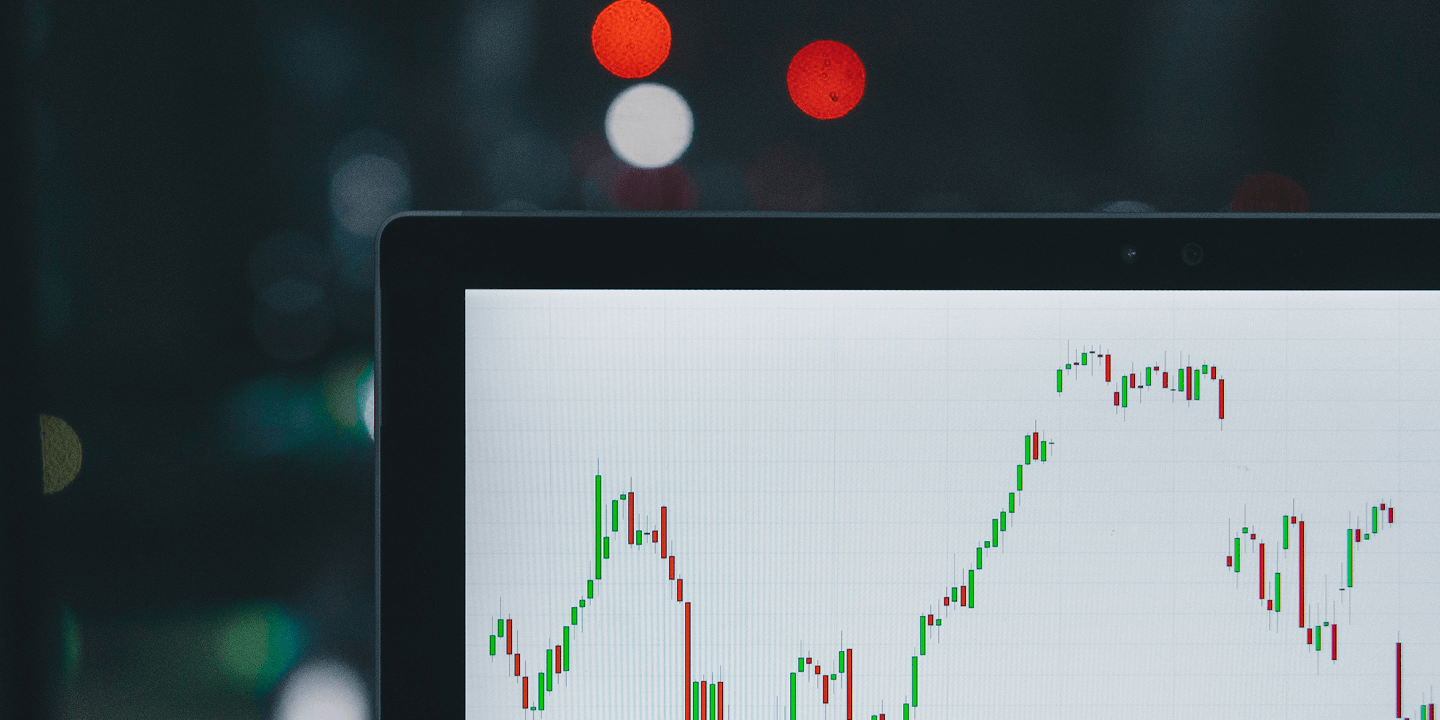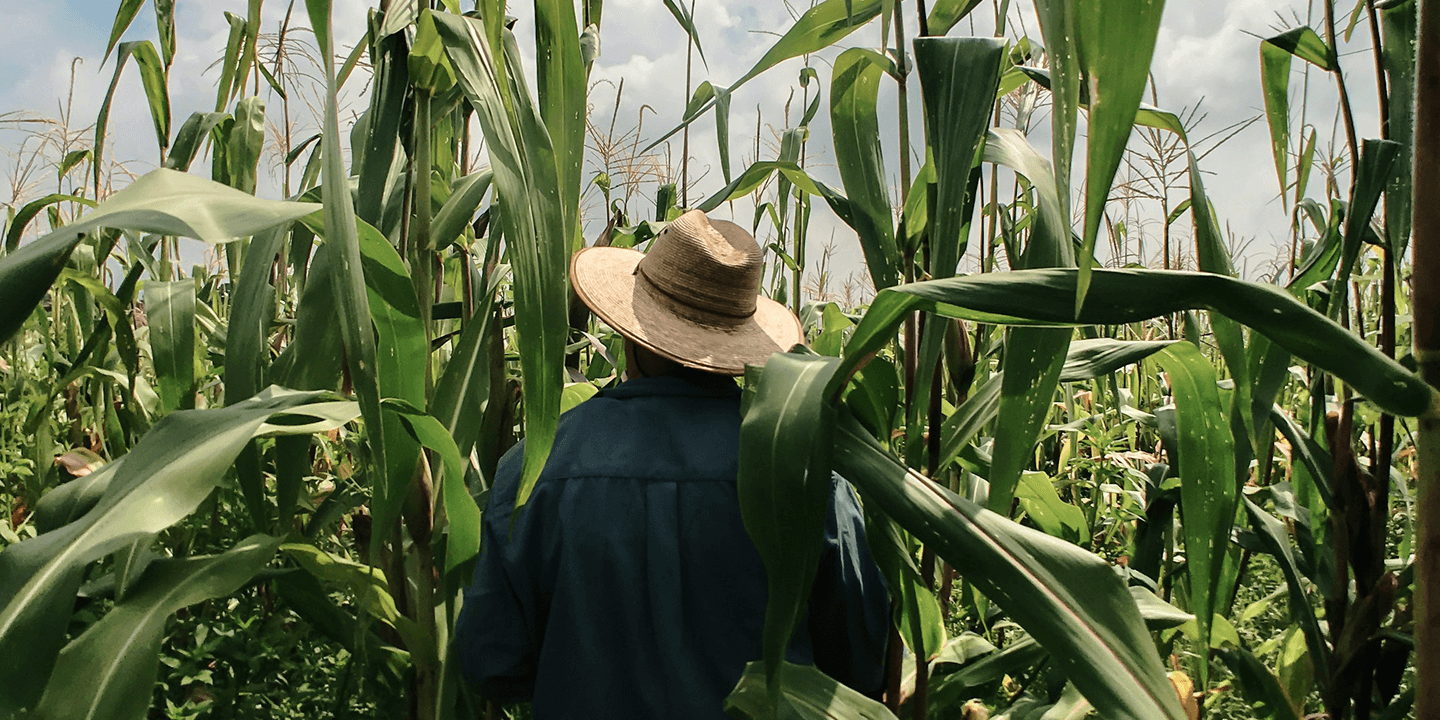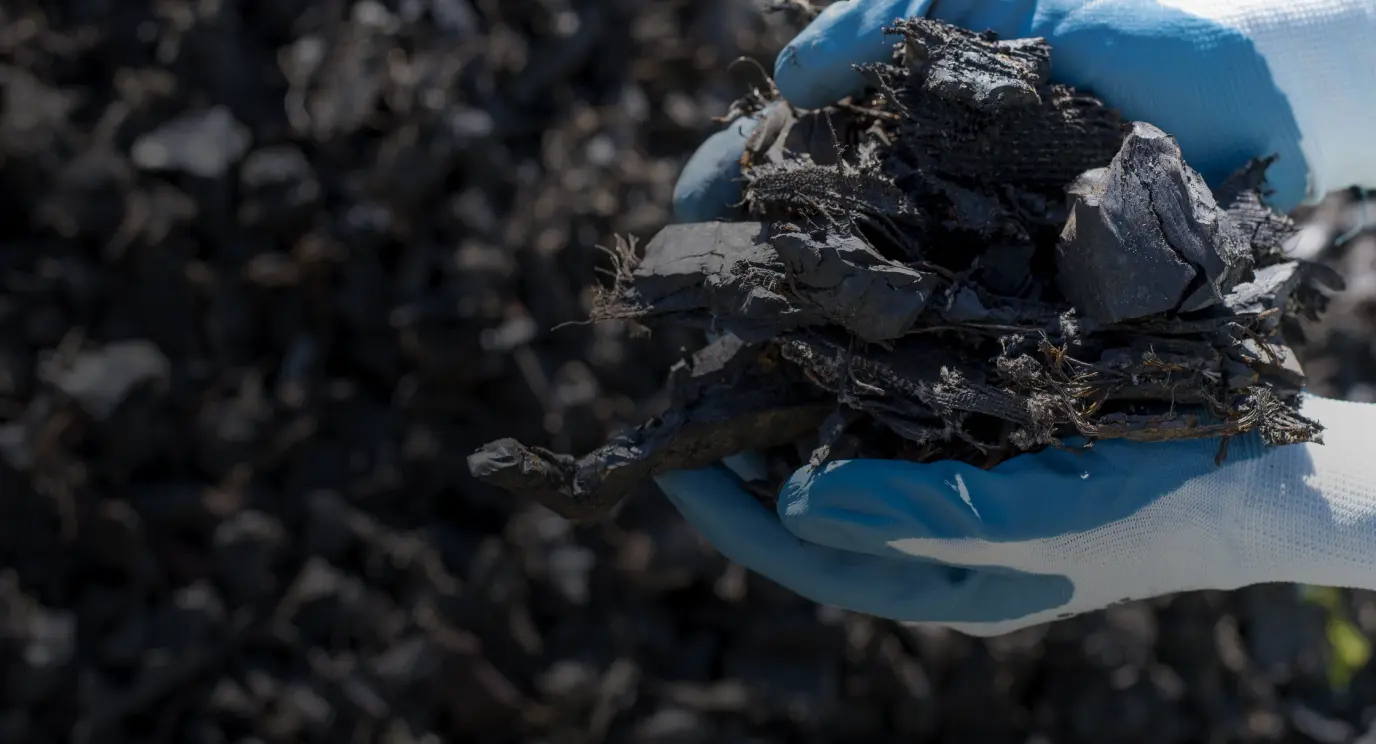Why Gender Matters
Women are on the frontline in climate change mitigation and adaptation and offer unique perspectives, expertise, and problem-solving capabilities. Women – and particularly rural and indigenous women – play a significant role in agricultural production and forest management and are uniquely placed for involvement in the management of nature-based solutions. If project developers want to drive strong climate outcomes, they need to target women.
Targeting women in climate projects can improve climate outcomes for all, leading to more efficient use of climate finance. There is growing evidence that women-managed nature-based solutions deliver better climate outcomes. For example, research on a ‘payment for ecosystem services’ intervention in Indonesia, Peru, and Tanzania found that 50% of forest user groups with a 50% gender quota conserved more trees and shared payments more equally than those without a gender quota. Carbon reduction initiatives such as clean cookstove projects are already reducing both women’s exposure to toxic fumes from indoor air pollution and the number of hours women need to spend on fuel collection and cooking, leaving more time for income-earning or leisure activities.
On the other hand, a poorly regulated market has resulted in standards with varying levels of social and environmental protections and safeguards and, with some notable exceptions, very little consideration of gender dimensions and impact.
Women have proven to be effective leaders in achieving climate goals. Evidence from a number of sources supports that claim. A critical mass of 30% women on a company’s board improves climate governance, innovation, and a lower growth of emissions – by 0.6% compared to 3.5% for companies with no women on their board. Evidence from a CDC and Berkeley Haas School of Business study shows that women in corporate leadership are more likely to proactively improve energy efficiency, invest in renewable energies, and measure and reduce carbon emissions.
A pioneering report issued by the UK’s Foreign, Commonwealth and Development Office in 2022, ‘Integrating a Gender Lens in Voluntary Carbon Markets’ proposes a set of comprehensive recommendations for integrating a gender lens in the voluntary carbon markets (VCM). It presents evidence and best practice examples of women’s roles in the VCM, with the aim of catalyzing action across the ecosystem. Here are five key learnings:
- The empowerment of women in VCM projects through their participation and involvement in leadership can improve climate outcomes for all, leading to better and more efficient use of resources and more sustainable results.
- Historically, women have been under-represented throughout the VCM ecosystem, especially in the global south. This needs to change by ‘opening the VCM door’ widely to women. The massive gender gap in financial flows to women engaged in climate stewardship; inequitable benefit-sharing arrangements; under-representation in leadership, management, and project owner and developer roles; all need to be addressed so that women can better contribute to the much-needed success of the VCM.
- There is a growing demand amongst buyers for more expensive higher-integrity carbon credits that meet robust social and environmental standards, including an interest in credits that can prove both that they ‘do no harm’ and also deliver genuine opportunities for women, with transformational stories being particularly engaging. A key finding of this report is that current gender and women’s empowerment labeling/ tagging practices are generally insufficient (described by many key stakeholder interviewees as ‘fluffy,’ ‘unquantified,’ and ‘unverified’) to give buyers and intermediaries confidence that they are purchasing carbon credits that are delivering ‘meaningful’ impacts for women.
- Demand is greater than supply and all crediting programs have a role to play by raising their game to the ‘Best in Class’ with encouragement and technical support to project developers. This can be done through the adoption of specific requirements on gender integration, provision of clear guidance and examples for project developers, and more demanding and robustly collected impact data for labelling projects as ‘empowering women’.
- The Integrity Council for the Voluntary Carbon Market (IC-VCM), Voluntary Carbon Markets Integrity Initiative (VCMI), and others involved in market governance and intermediary roles (such as carbon ratings agencies, exchanges, and financial institutions) can all contribute to raising market awareness, demand, and supply of carbon credits that integrate the experiences, voices, and opportunities for women.
Climate Impact X (CIX) is included as one of the ‘Best in Class’ examples from the VCM showing leadership on women equality and empowerment based on its inclusion of women empowerment as a criterion in project screening. Whilst only one of the several criteria included in project screening, the inclusion of the specific indicator signals recognition of the value of, and interest in women empowerment.
CIX offers credits from several projects that support women empowerment. Login to CIX Marketplace or contact us at contact.us@climateimpactx.com to purchase these credits.
This article was contributed by Jeannette Gurung, Executive Director at WOCAN. She contributed significantly to the report by the UK’s Foreign, Commonwealth and Development Office that highlights the importance of integrating a Gender Lens in Voluntary Carbon Markets.











